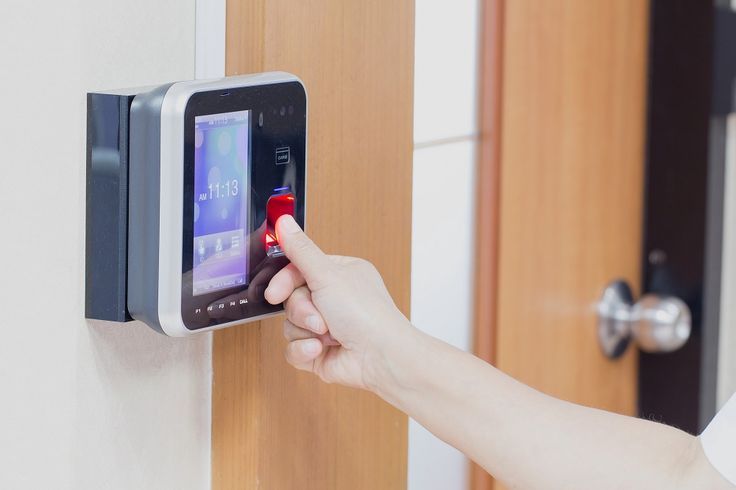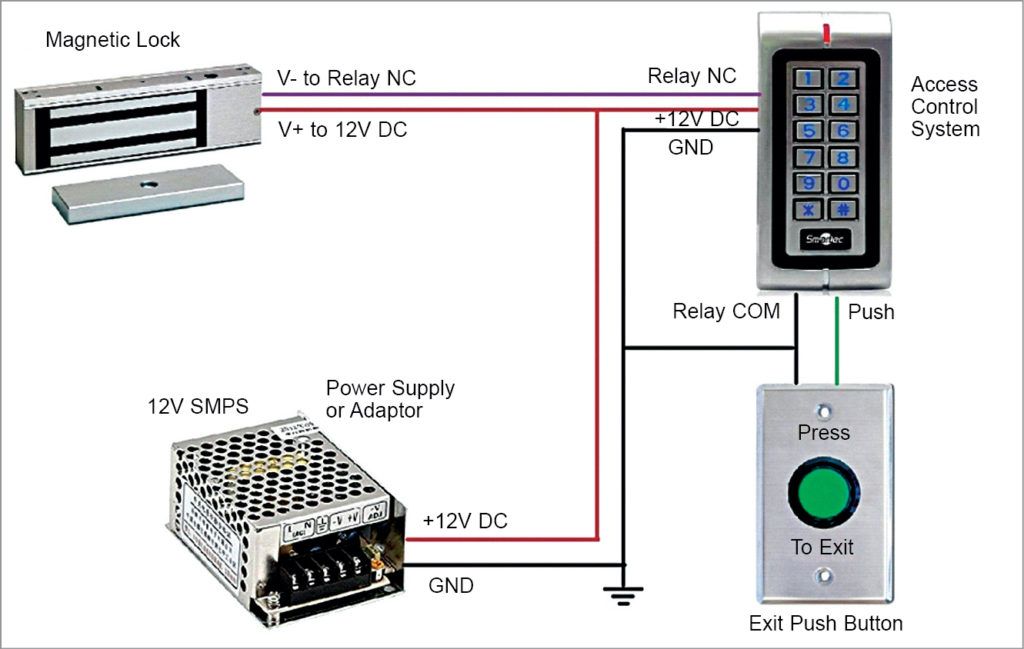Access Control Systems: How They Keep Your Property Safe
In today’s world, security is a top priority for homeowners and businesses alike. Access Control Systems provide an effective way to safeguard your property by restricting unauthorized access. Whether you are protecting a residential area, office, or industrial facility, these systems offer a level of security that traditional locks simply can’t match. In this article, we’ll explore what access control systems are, how they work, and the different types available to enhance the safety of your property.
What Are Access Control Systems?
Access control systems are security solutions designed to monitor and control the entry and exit of people into a building, area, or facility. By using advanced technology like electronic locks, keycards, biometrics, and even mobile apps, these systems ensure that only authorized individuals can access restricted areas.
The primary goal of access control systems is to prevent unauthorized access and protect sensitive data or physical assets. They help track who enters and exits a building and at what times, providing detailed logs for added security.
How Do Access Control Systems Work?
The core functionality of an access control system lies in its ability to restrict or allow access based on pre-set permissions. Here’s a basic overview of how these systems work:
1. Authentication: Identifying the User
The first step in an access control system is authenticating the person trying to gain access. Common methods of authentication include:
- Keycards/Key Fobs: These devices are programmed with unique access codes and are commonly used in office buildings and hotels.
- Biometrics: Fingerprints, facial recognition, and retina scans are highly secure forms of authentication.
- PIN Codes: A simple yet effective method where users enter a secret code to gain access.
2. Authorization: Determining Access Rights
Once the system authenticates a user, it checks whether they have the required permissions to access the requested area. Permissions are set by administrators who control access levels, ensuring that only authorized users can enter specific rooms or buildings.
3. Audit and Monitoring: Tracking Entry
A significant advantage of access control systems is their ability to monitor and log access events. These logs provide a real-time view of who entered or exited a particular area, at what time, and through which access point. This data can be useful for security audits or in case of a security breach.
Types of Access Control Systems

1. Card-Based Access Control Systems
These systems use keycards or fobs that users swipe or tap on a reader to gain access. They are widely used in businesses and commercial properties due to their ease of use and relatively low cost.
Benefits of Card-Based Systems:
- Easy to install and use
- Allows for remote management
- Trackable access logs for security purposes
2. Biometric Access Control Systems

Biometric systems use unique physical traits like fingerprints, retina scans, or facial recognition to identify and authenticate individuals. Because they rely on biological characteristics, they offer a high level of security and are often used in high-risk environments, such as government buildings and laboratories.
Benefits of Biometric Systems:
- Extremely difficult to spoof or bypass
- No need for physical tokens (cards or keys)
- Ideal for securing sensitive areas
3. Mobile-Based Access Control

With the rise of smartphones, mobile access control systems are becoming increasingly popular. Users can unlock doors and gain access to restricted areas by using a mobile app on their smartphones. This system typically uses Bluetooth or NFC technology to communicate with access points.
Benefits of Mobile-Based Systems:
- Convenient, as users don’t need physical cards or fobs
- Offers real-time access management through smartphone apps
- Reduces the risk of lost or stolen cards
4. Keypad Access Control Systems
These systems rely on numeric PIN codes that users enter on a keypad to gain access. They are relatively simple and inexpensive to install, making them suitable for smaller offices, homes, or apartments.
Benefits of Keypad Systems:
- Low-cost solution for basic access control
- Easy to implement
- Can be combined with other authentication methods for increased security
Why Choose Access Control Systems for Your Property?
1. Enhanced Security
Access control systems add a layer of security that traditional locks can’t provide. With biometric or card-based authentication, it’s much harder for unauthorized individuals to bypass the system. Moreover, since these systems log every access attempt, you can monitor who enters your property at all times.
2. Flexibility and Scalability
Whether you’re securing a single residential door or an entire multi-floor office building, access control systems can be customized to fit your needs. They are scalable and can be easily expanded as your security requirements evolve.
3. Remote Access Management
Many modern access control systems offer cloud-based management. This means you can control access, monitor logs, and update permissions remotely, providing enhanced flexibility and real-time control over your security systems.
4. Cost-Effectiveness
While the initial investment in an access control system may seem high, it can be cost-effective in the long run. It reduces the need for physical security personnel and provides a high level of automation, lowering operational costs and improving security over time.
Conclusion
Access Control Systems are a powerful tool for protecting your property, assets, and people. Whether you’re looking to secure a small office, a large commercial property, or a private home, these systems offer a wide variety of solutions to meet your security needs. With benefits like enhanced security, scalability, and flexibility, it’s clear that access control is an investment in your peace of mind.
Choosing the right system for your needs depends on various factors, including the level of security you require and the size of the area to be secured. As technology continues to evolve, so too will the capabilities of access control systems, making them an essential part of modern security practices.
Contact https://xscontrols.com/ for more info

